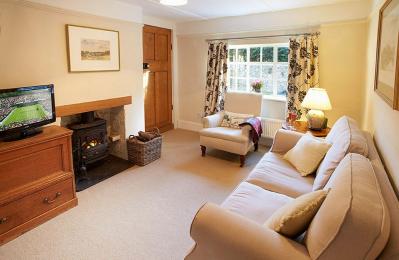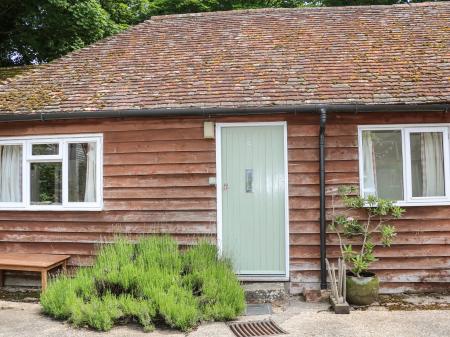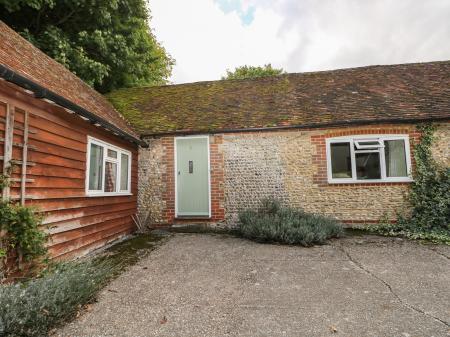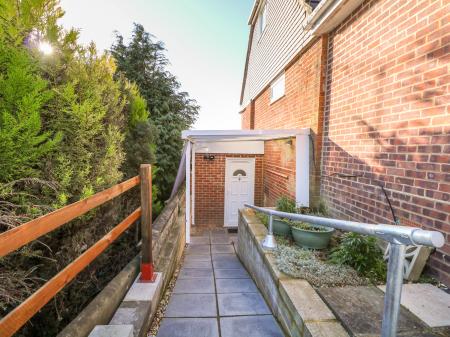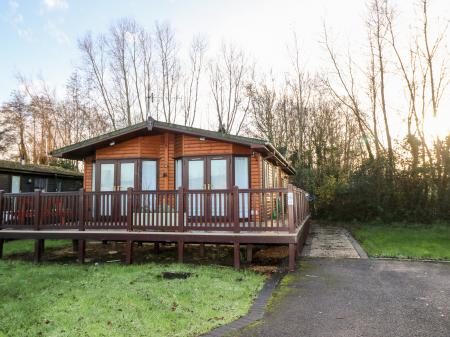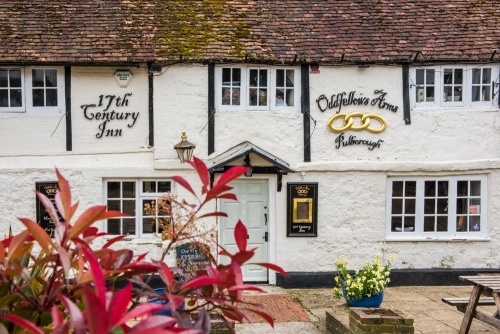
Pulborough is spread out along the Greensand Ridge, which runs parallel to the South Downs about three miles to the south. Around AD 50 the Romans built Stane Street, their main road between Chichester and London, and there are several other Roman roads in the area of Pulborough. An excavation on the site of the former Five Bells pub on London Road unearthed Roman pottery, and Roman tiles have been found while digging for graves in the churchyard.
There does not seem to have been a major Roman settlement at Pulborough but we know that a Saxon village had begun by the middle of the 11th century.
The 'borough' suffix of the town name might ordinarily suggest that it was a burgh, or fortified settlement, but in this case, 'borough' comes from the Old English 'beorg', meaning a rounded hill. 'Pul' comes from Old English 'pol', meaning a pool or tidal creek, so Pulborough's name derives from a combination of words meaning a pool at the foot of a rounded hill- in this case the hill where St Mary's church was built.

The town was called Poleberge in the Domesday Book of 1086, when it had a population of 66 households and supported two churches. Shortly after the Norman Conquest, a motte and bailey castle was erected west of the modern townsite at Park Mound, next to Park Farm.
The castle appears to have been allowed to decay and by the 13th century the manor of Pulborough was in the hands of Alard le Fleming, and when Alard died the manor was split in two, each half going to one of his daughters. That resulted in two separate entities, Old Place and New Place.
There was a ferry across the Arun at Pulborough as early as the late 13th century, but no bridge. In 1309 a bridge was built at Stopham, and travellers stopped using what is now Church Hill and instead used what is now the A283 to reach the bridge. The ferry was in operation until at least 1730, and it was not until 1785 that the first bridge at Pulborough was erected. That bridge, though still standing, is no longer in use for traffic.
The town is served by several historic pubs, among them the 18th century Swan Inn, which served as a staging post for coaches from London the south coast. The coming of the railway in 1858 put an end to coach traffic and spelled the end of waterborne traffic on the Arun.

Though the parish church of St Mary has its origins in the Saxon period the present building dates to 1423, when a patron left a bequest to build a new nave, aisles, and north porch. Reminders of the church's age include a 12th-century font carved with blind arcading. The oldest part of the present building is the chancel, built in the 13th century.
There are seven timber-framed medieval buildings in Pulborough, among them 15th-century Wealden house at 73-9 Lower Street, and the former Five Bells on London Road, mentioned earlier. Also on Lower Street is the Oddfellows arms, built around 1460, and on Church Hill, visible from the churchyard lych gate, is The Old House, a mix of brick and timber-framing probably dating to the 15th century. Slightly younger but still very striking is Swan Cottage, by the roundabout at the bottom of Church Hill, which probably dates to the 16th century.
Near the town is RSPB Pulborough Nature Reserve, where you can explore lovely heath and watermeadows, and view a variety of migratory and local birds in their natural habitat from viewing platforms and bird hides.
Just a few miles away is Parham, one of the finest Elizabethan manor houses in England, built by a wealthy London merchant.
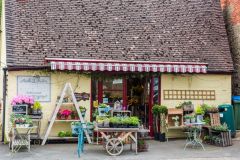
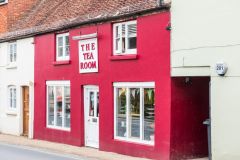
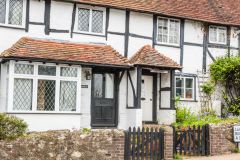
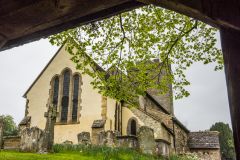
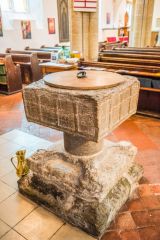
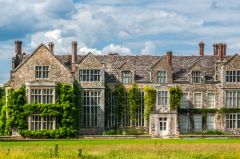
 We've 'tagged' this attraction information to help you find related historic attractions and learn more about major time periods mentioned.
We've 'tagged' this attraction information to help you find related historic attractions and learn more about major time periods mentioned.